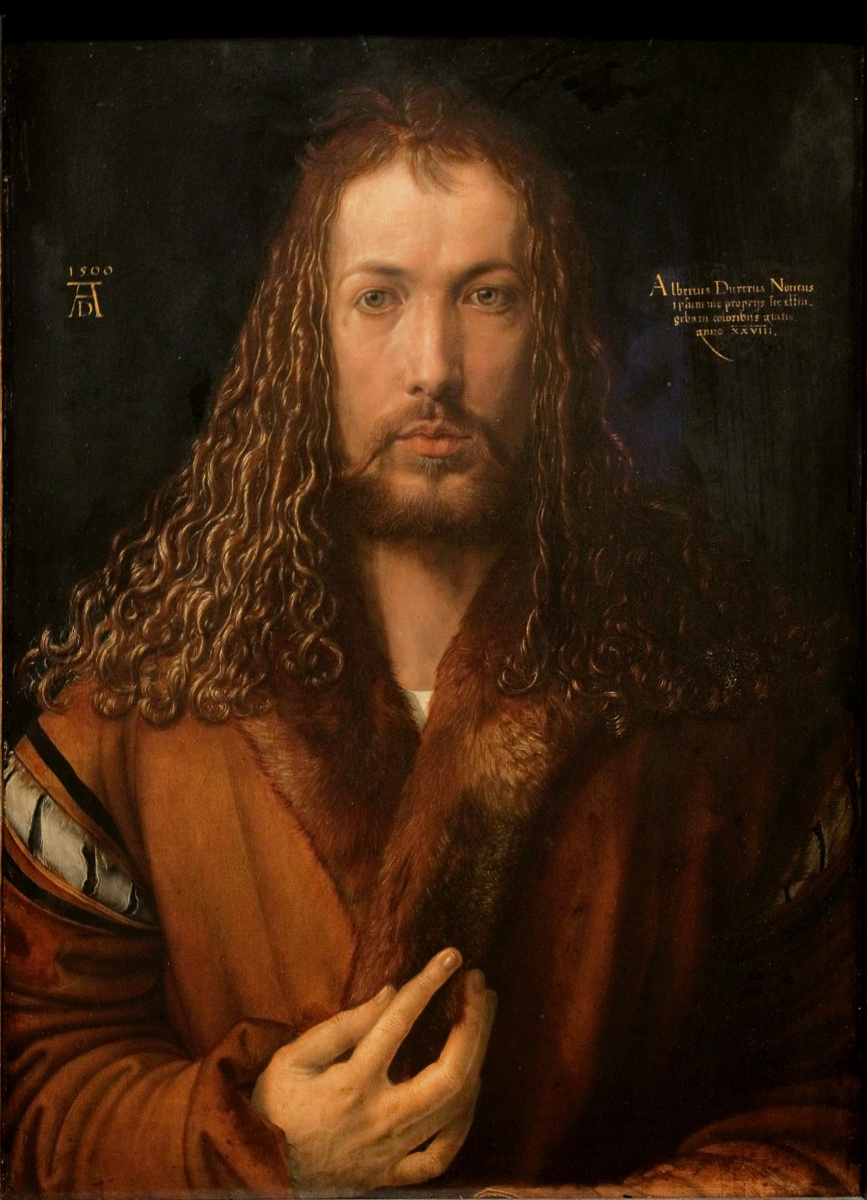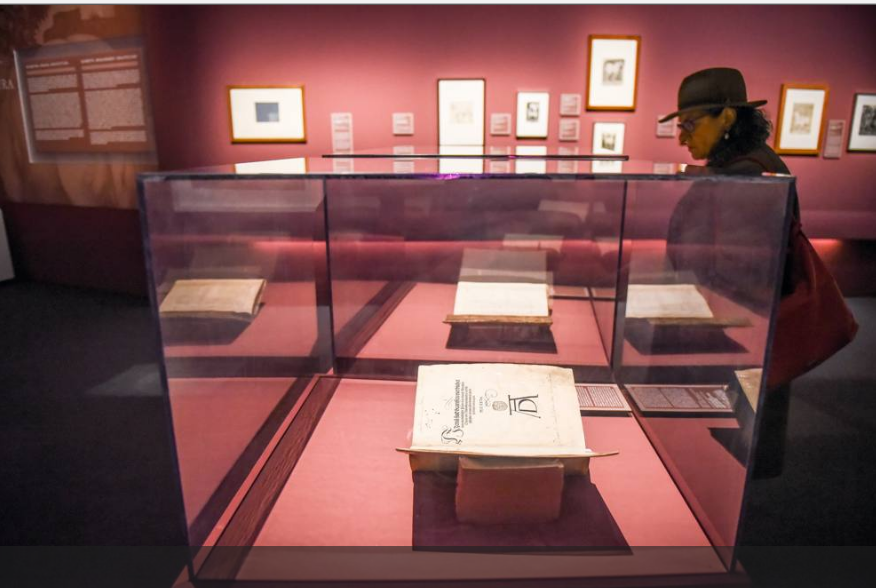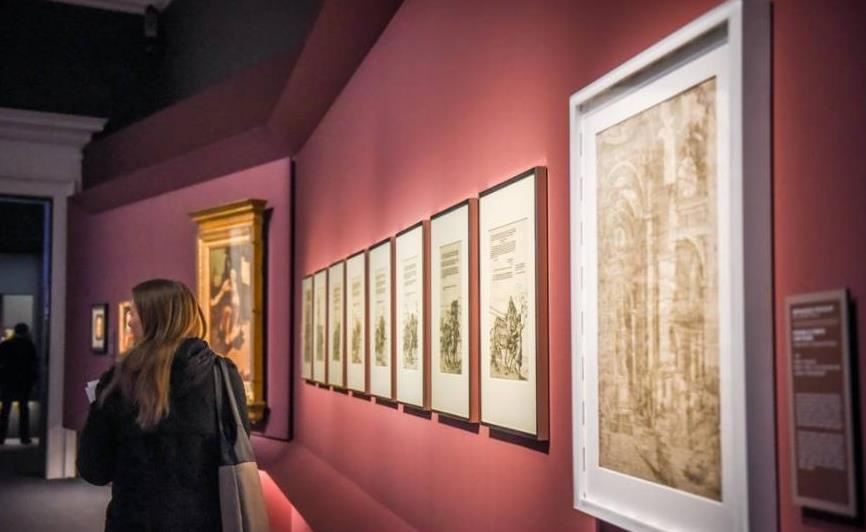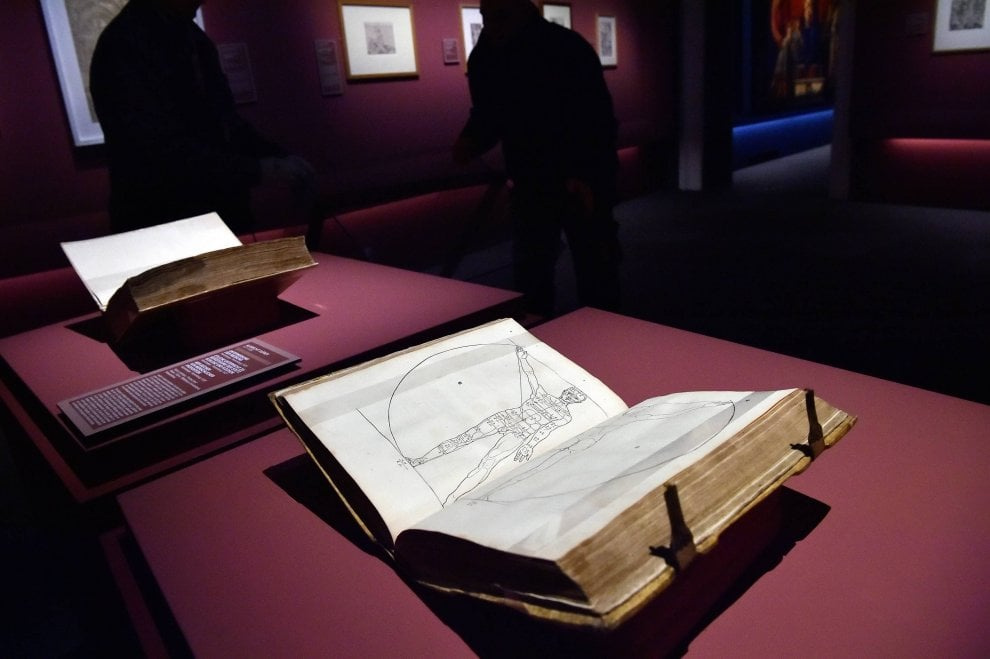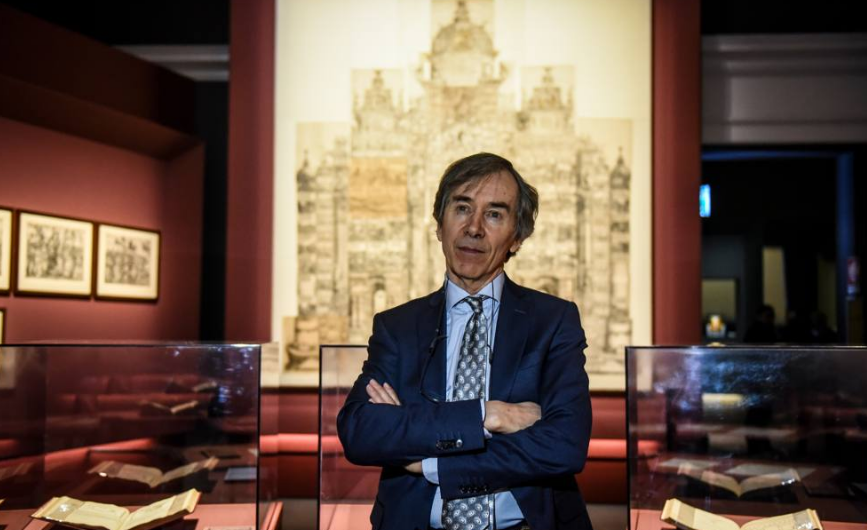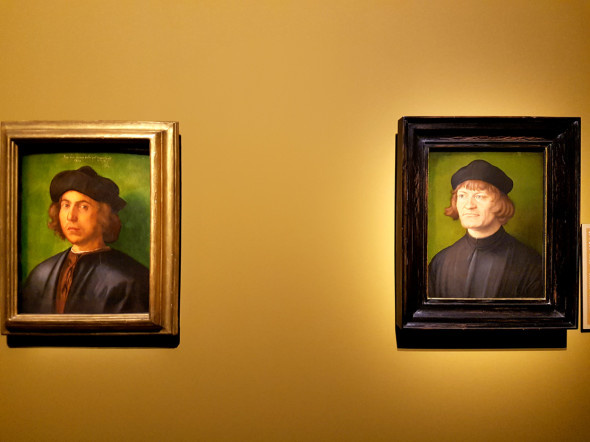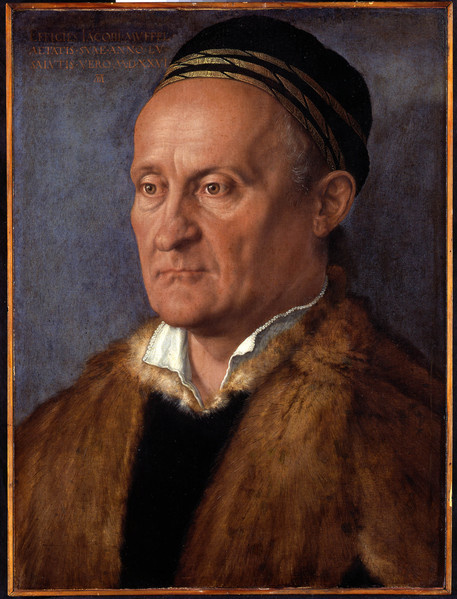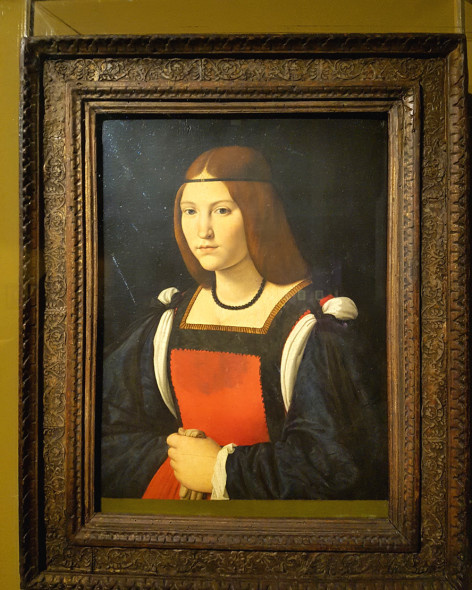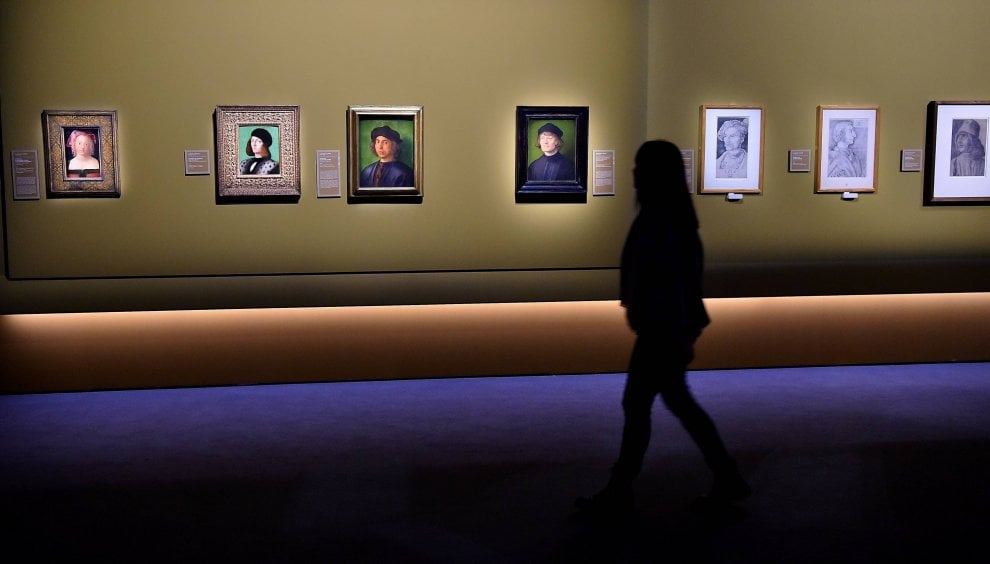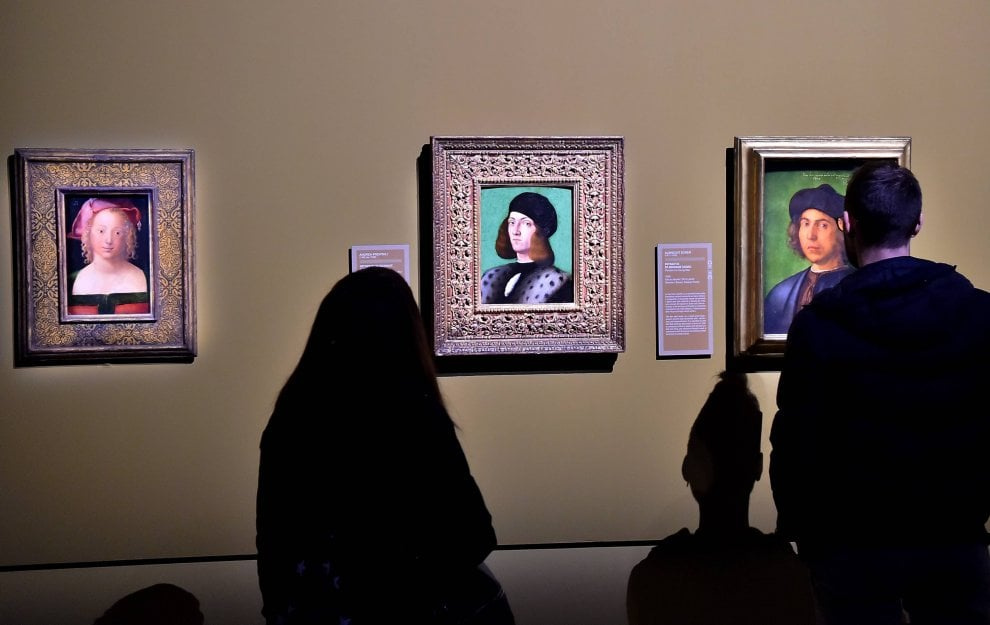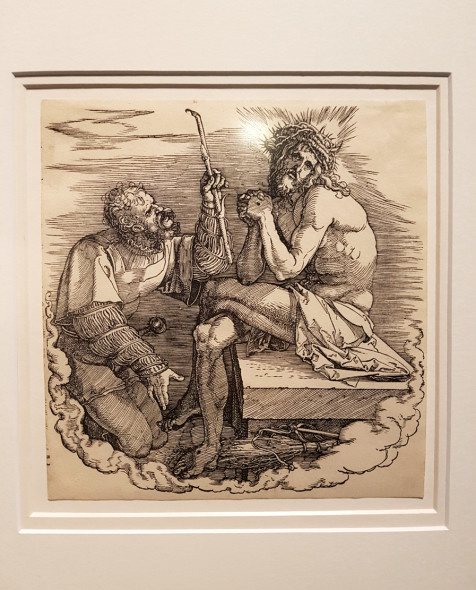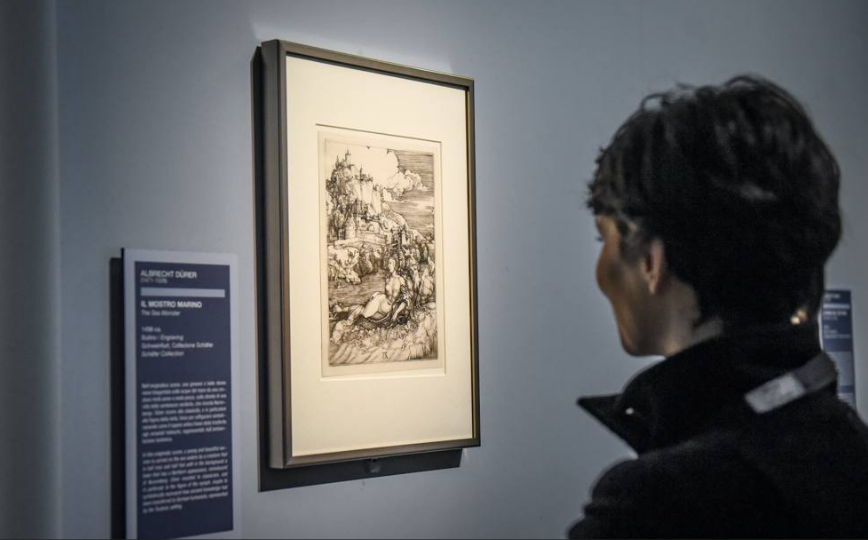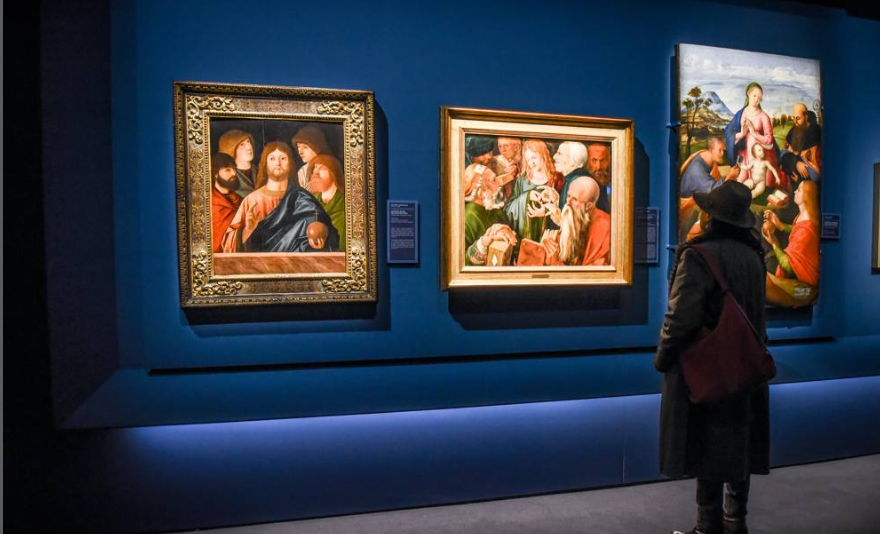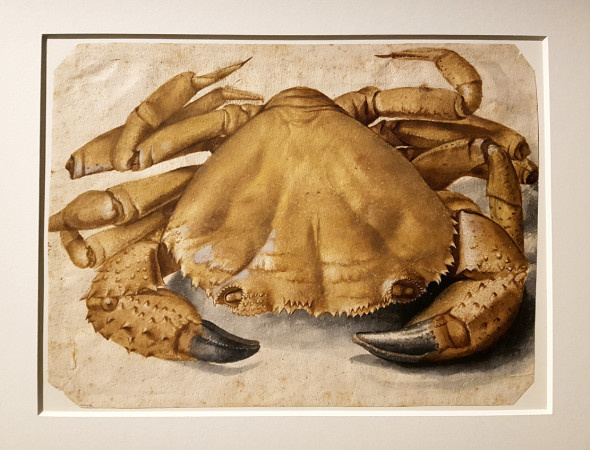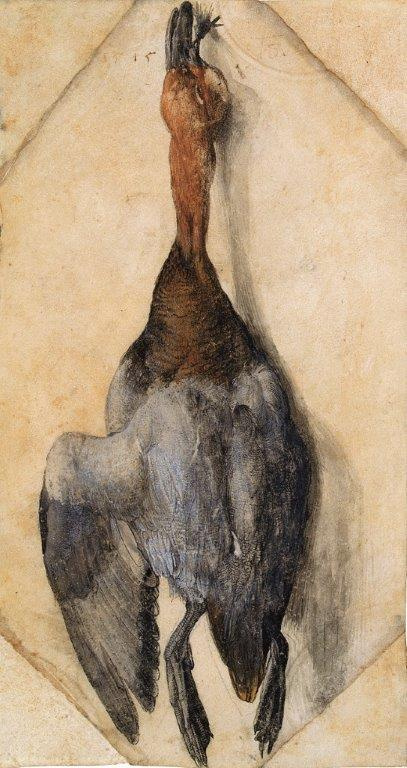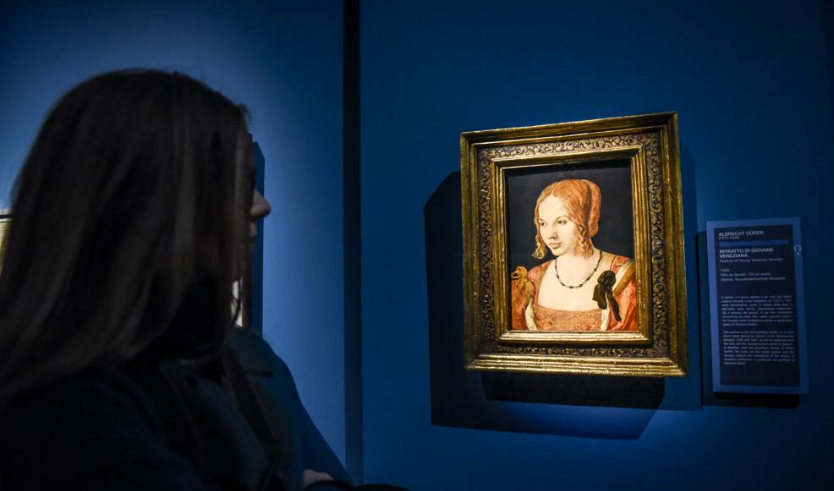
Featuring a selection including 12 paintings, three watercolors and 60 engravings, graphic works and books, the exhibition shows the mutual impact of Italian and German art in 16th century. It will display more than 100 Renaissance masterworks works by the Nuremberg master alongside those of contemporaries such as Lucas Cranach, Albrecht Altdorfer and Hans Baldung Grien in Germany; and Giorgione, Andrea Mantegna, Leonardo da Vinci, Andrea Solario, Giovanni Bellini and Titian in Italy.
He was born in Nuremberg, one of the strongest artistic and commercial centers in Europe during the fifteenth and sixteenth centuries. Dürer revolutionized printmaking, elevating it to the level of an independent art form. He expanded its tonal and dramatic range, and provided the imagery with a new conceptual foundation. Dürer was the first artist who brought the influences of Flemish and Italian aesthetics into Germanic art.
Dürer visited Italy twice, from 1494 to 1495 and again from 1505 to 1507. Later the infleuence of Italian masters can be seen in developing a new interest in the human form, as demonstrated by artist’s nude and antique studies.
The artist also cast a bold light on his own image through a number of striking self-portraits—drawn, painted, and printed. They reveal an increasingly successful and self-assured master, eager to assert his creative genius and inherent nobility, while still marked by a clear-eyed, often foreboding outlook.
The influence of Venetian color and design can be seen in the most important Venetian painting — "Feast of the Rose, Garlands altarpiece"(1506; Národní Galerie, Prague), commissioned from Dürer by a German colony of merchants living in Venice.
Too fragile to move from its home in Prague, "Rose Garlands" is represented here by a fine, early-17th-century copy, juxtaposed with Bellini’s altarpiece "Madonna and Child with Doge Barbarigo" to show the impact of the Venetian’s bright pyramidal composition on Dürer's theatrical staging and glowing, blended colours. As Dürer said: "I also silenced all the artists who said I was good at engraving but, as a painter, I did not know how to deal with colours. Now everyone says they have never seen more beautiful colours."
Mary in deep blue is enthroned under a baldachin with Emperor Maximilian I, in red, and the gold-robed Pope — temporal and religious powers united — kneeling either side; an angel plays the lute — a direct appropriation from Bellini — and among over a dozen identifiable figures, Dürer depicts himself with flowing locks at the back, an onlooker holding a sheet which states that the painting took five months.
Left: "Feast of the Rose, Garlands altarpiece" by Durer, 1506. The National Gallery in Prague.

"Christ among the Doctors" was also painted in Venice in 1506, as a "Feast of the Rose". Its most animating feature is the adolescent Christ’s gesticulating fingers, contrasting with the gnarled hands of the aged doctors. But the composition of heads emerging from a black background arranged around a focal point precisely echoes 16th-century Italian compositions, and one elderly grotesque is based on a Leonardo figure, while another was used by Lorenzo Lotto for his "Madonna with Child" (from the Borghese). Dürer's expressive "Christ", says curator Bernard Aikema, "skilfully blends the two Renaissance worlds of northern Europe and Italy".
Left: Albrecht Durer. "Christ among the Doctors", 1506. Museo Thyssen-Bornemisza, Madrid
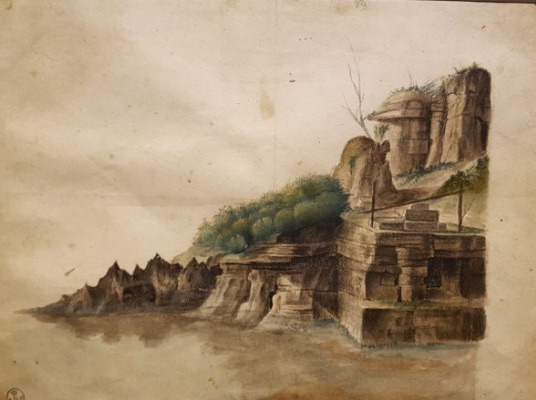
The third part focuses on Nature with a selection of landscapes. The contribution of the German artists proved to be fundamental in the representation of nature by Dürer, on a par with that of Leonardo da Vinci and other North-Italian painters and designers. In fact, these artists, experimenting with a different pictorial rendering of the landscape, have provided examples that have greatly influenced Dürer and which were essential stages of his journey towards the creation of autonomous landscapes. In this process some works by Giorgione and other North-Italian painters were important, such as Tiziano and Andrea Previtali, or, in Germany, artists of the so-called Donauschule, for example Lucas Cranach, Wolf Huber and Albrecht Altdorfer, whose works are distinguished for the expressive landscape yield and for the small figures.
Albrecht Dürer was famous of his large format compositions, where however the artist focuses on details, and this constant focus on the surrounding landscape, simultaneously on the big and small, on the near and far, on the actual subject and on what surrounds it, is in line with the artistic development of the time, both in the North and in the South of the Alps. Next to the landscape in all its manifestations, the artists studied the flora and fauna, up to the individual threads of grass and insects.
The first modern portraiture, in spite of all its pictorial formulas and conventions, ultimately has to do with the construction of its image. Subject and artist, at various levels of collaboration, build an artifice that reflects the appearance of the subject at the time of the execution of the portrait.
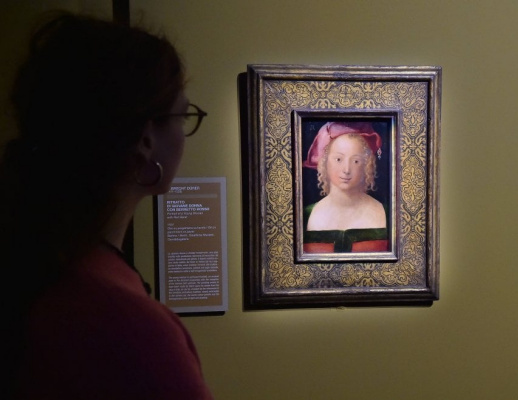
The androgynous, provocative "Girl in a Red Beret" (1507) — sometimes described as a boy — from Berlin’s Gemäldegalerie is a narrow-cut typical Venetian composition suffused with a serene play of light and shade. Rich, warm and painterly, these look like Italian works, yet they are full of the incisive clarity of detail and heightened textural accuracy — smiling lips, pellucid skin, the drama of black velvet ribbon falling just below a bare shoulder or a ruby dangling from a crumpled cap — built on Dürer's virtuosity as master draughtsman.
Dürer revolutionized printmaking, elevating it to the level of an independent art form. He expanded its tonal and dramatic range, and provided the imagery with a new conceptual foundation. By the age of thirty, Dürer had completed or begun three of his most famous series of woodcuts on religious subjects: The Apocalypse, small, self-contained groups of images, such as the so-called Meisterstiche (master engravings) featuring Knight, Death, and the Devil, Melencolia I, which were intended more for connoisseurs and collectors than for popular devotion.
Based on materials from ANSA, theMET, Financial Times. Photo: milano.corriere.it







